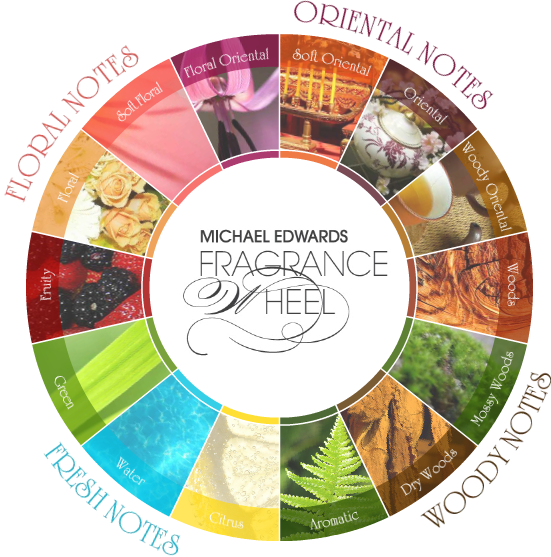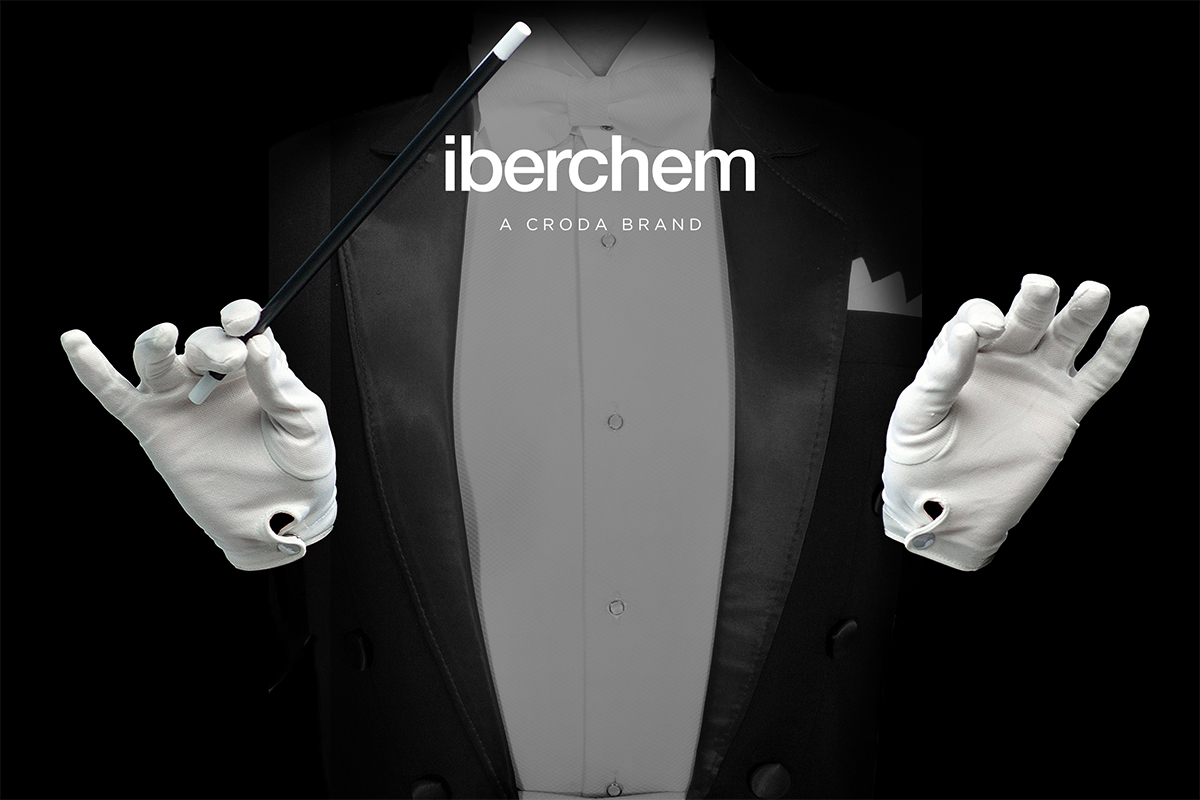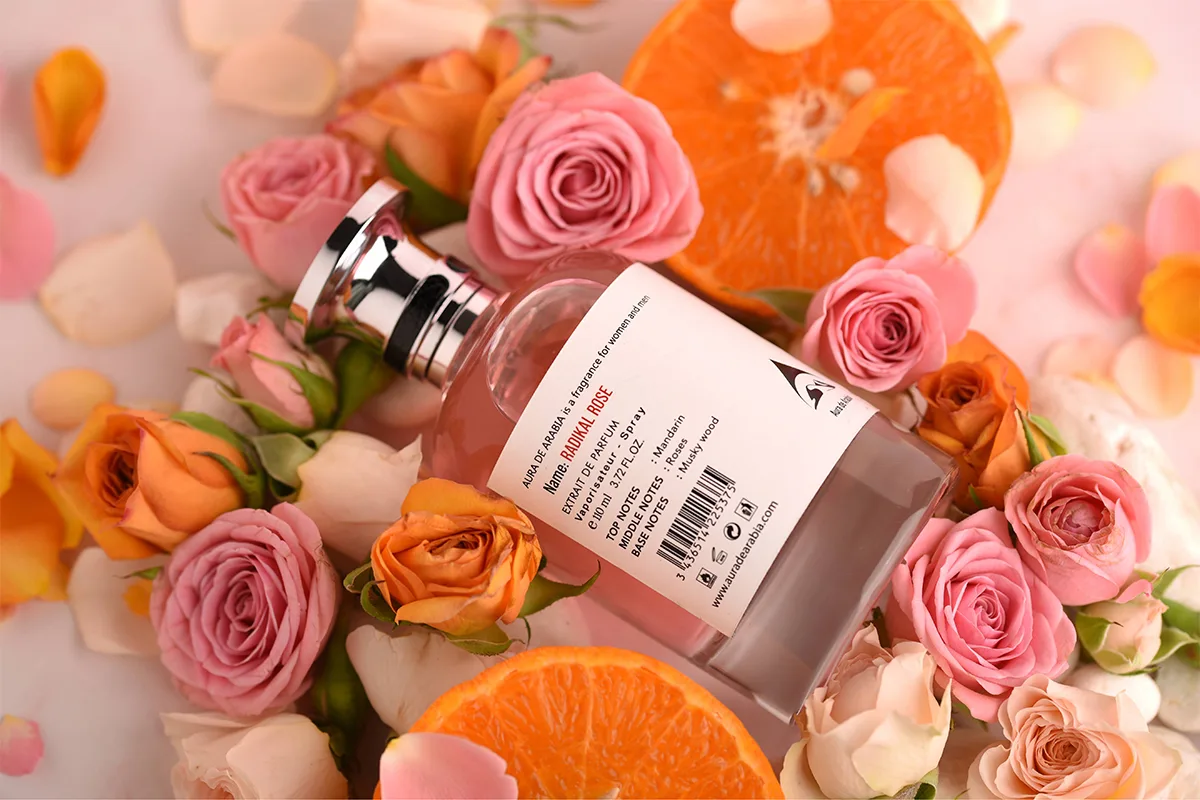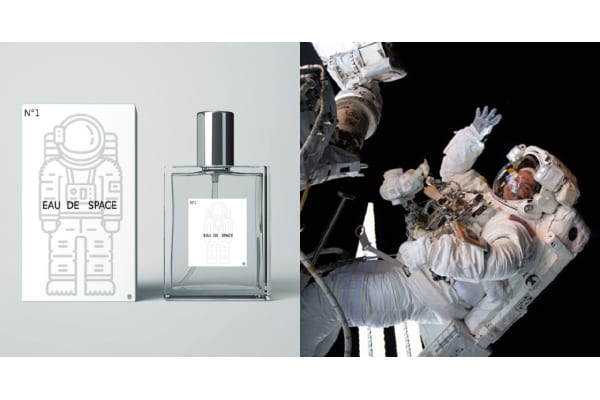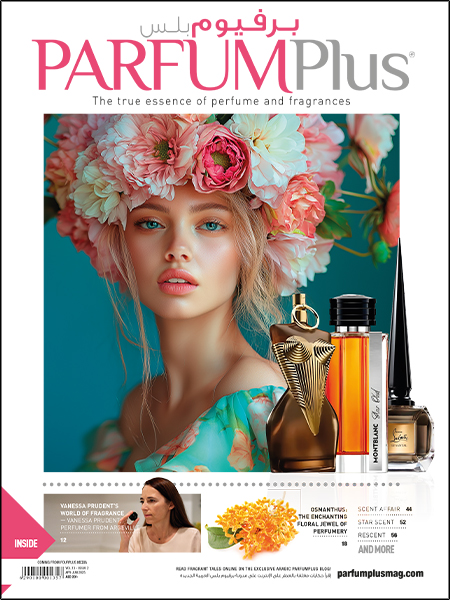In the first of our two part series, we talk about the fragrance wheel and its evolution in the domain of perfumery
With natural and synthetic aromatic compounds numbering in thousands, the world of fragrance seems to be constantly verging on complete chaos. In these conditions working with perfume requires extensive and intimate knowledge of different fragrances and their blending.
It comes therefore as no surprise that throughout history different attempts have been made to map the diverse universe of scents. A comprehensible framework for different fragrances in the form of Fragrance Wheel is useful for professionals in the fragrance industry as well as individuals to better understand their sensory perception of scent.
Origin of Fragrance Wheel
By far the most widely accepted example of this kind of a map is the so called Fragrance Wheel. Created by perfume expert Michael Edwards in 1983, the diagram consists of four main fragrance families that can be divided into multiple subgroups. Each subgroup represents a genre of perfume that is easily recognisable by certain key notes present in the composition of the fragrance.
The fragrance wheel was first developed as a consumer friendly fragrance classification system that would help retailers suggest new perfumes for customers based on their likes and dislikes. In the last few years, the fragrance wheel has evolved from being a mere marketing tool, since it has also proven useful in developing whole new fragrances.
Flexible to Change
The fragrance wheel is in no way a fixed set of abstract fragrance groups. Because it is meant to be first and foremost a tool for categorising the ever-changing world of perfumes, the wheel must be open to change in order to function properly.
Since the wheel was published in 1983, it has already undergone some changes. The new developments are often first found in Edwards’ Fragrances of the World, a comprehensive annually published classification guide to the perfumes. The guide is a must read for anyone who wants to stay updated on the current status of the fragrance industry.
The basic break-up
The four main parts of the wheel consist of the traditional fragrance groups Oriental, floral, woody, and fresh. The first three categories have formed the basic categories of perfume since time immemorial, but the fourth group, fresh, was introduced by Edwards. Each of these groups are further divided into various subgroups that are all characterised by certain focal scents. It is mostly in the number of these subgroups that the most significant changes to the fragrance wheel are to be found.

For example in 1983 only 11 subgroups were listed, but in 2008 the number grew to 13 with the introduction of Woods and Fruity. In addition to this, the chart has been modified only once in 2010, when the so called Fougère perfumes, originally situated in the center of the wheel, were renamed as an additional subgroup called Aromatic.
Perfume genres
Each of the 14 current subgroups of the wheel can be described as a genre of perfume that focuses on certain notes characteristic for that particular genre. Each of the subgroups is related to the subgroups directly next to them, making the fragrance wheel an easy way to learn about the relation between different perfumes.
For example moving from the floral group towards the Oriental group, one finds the subgroups of Floral, Soft Floral and Floral Oriental. Floral centers on notes of freshly cut flowers, while Soft Floral tones down the bright florals by introducing aldehydes and powdery notes to the composition. Floral Oriental on the other hand combines the two main fragrance groups of Floral and Oriental, featuring most often orange blossom and sweet spices.
Moving on towards woody notes, one finds the subgroups Soft Oriental, Oriental, and Woody Oriental. Soft Orientals still have a touch of florals, but lean more towards Oriental notes, especially incense and amber. Oriental utilises classic Oriental notes such as frankincense and vanilla, while Woody Oriental leans more to the woody group, featuring most often sandalwood and patchouli.
In the next section of the wheel reside the subgroups Woods, Mossy Woods, Dry Woods, and Aromatic. Woods combines aromatic woods, such as cedar and vetiver. Mossy Woods on the other hand most often feature oakmoss and amber alongside with some occasional oriental notes. Dry Woods focus on leather, tobacco and fragrant woods, balanced sometimes by a splash of brighter citrus notes. Aromatic is the former Fougère, so called universal fragrance, which often combines notes from all of the four main fragrance groups.
The remaining subgroups of the wheel, situated under the Fresh group, are Citrus, Fruity, Green and Water. Citrus is one of the oldest perfume categories, known to create a tangy profile with notes of bergamot and other citrus fruits. Water on the other hand was added only in the 1990’s with the discovery of the unique aromatic compound calone, which is said to emit a fragrance similar to the one found in the seaside. In Green, galbanum and other so called green notes take the central place, and in Fruity berries and other non-citrus fruits dominate.
All of these subgroups are further divided into four categories depending on the depth of the fragrance. The four categories are called Fresh, Crisp, Classical, and Rich. All in all from the 14 subgroups and their different profiles a dizzying array of perfumes can be classified which we shall talk about in our next edition.


